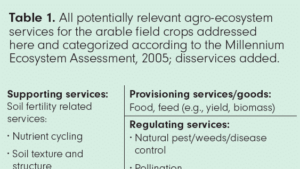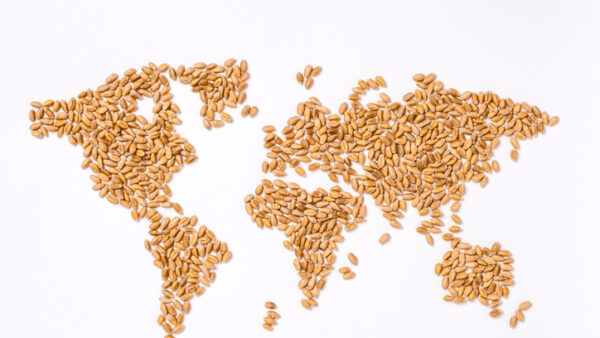Discussions are ongoing in OECD with regard to the certification of variety mixtures in more crops than just the grasses and maize mixtures (such as for ‘refuge in the bag’). It is a discussion with several angles and taking a position seems on the one hand easy, but after further deliberation it may be more complex.
Our gut reaction is ‘no way’. We have been taught to carefully guard the identity of our varieties and hybrids and be very tough on off types and admixtures. Further, we have selected our varieties to optimally perform as pure stand, so why mix them?
And from a business point of view, we are wary of the risks when merchants start mixing our seeds with other varieties. After opening our bags, who will be liable for any performance problems? What will happen with our reputation in the market when the name of the merchant features big on the bag, and the variety names of the components somewhere small in the corner?
There are some lobby challenges though in this development. Biodiversity and nature conservation have been buzz-words for several decades now and has been encroaching on the agricultural areas as well. It starts with landscape level complaints about “‘billiard style’ Lolium grasslands, cereal deserts without any red, white and blue of poppies, chamomile and corn flowers, and miles and miles of boring maize.” The next step is more scientific: the functional biodiversity in agricultural lands, focusing on serving pollinators, and as ways to reduce crop protection chemicals. It translates in policies towards flowering field margins, landscape elements such as hedges and, increasingly researched, strip cropping where different crops are grown in one field, harbouring insects in one crop that eat pests in the other. It is all ecologically intricate to prove benefits and practically complex to integrate into the farming system, but increasingly possible for farmers to apply, given – in many cases – government financial support. So far fine for us, since these measures don’t touch the seed sector significantly, they even open up markets for flower seeds.
The next level debate does affect us more directly though: diversity within the crop! There are, notably in the organic sector, people that say that diversity per se is functional, without needing any proof. Such ideas also take root in the context of ‘evolutionary breeding’, where populations are created that can re-shape themselves in the particular environment where they are grown. Even though promoted by some scientists with a real breeding background, I cannot understand that this could work towards an acceptable yield level. We have for so long been breeding against the forces of natural selection, which in the end produces only weedy ecotypes, that allowing natural selection to do the job seems senseless. Their simple message is that biodiversity is always good. Such simple messages can easily stick with policy makers without specific agro-ecological knowledge.
There are examples though of functional diversity within a crop. One relates to multiline breeding in cereals where different near-isogenic lines differing in rust resistance genes are grown together, providing functional benefits in a wheat field, that may provide easier resistance management than a stack of the same genes. This was tried a long time ago; it was extremely costly and time consuming to perform; and thus, commercially a disaster. But gene editing could promise a quick way to achieve the same. A more recent example is mixing snap-tolerant and -resistant maize hybrids so that the resistant ones keep their neighbours upright. Well-designed mixtures could create yield stability now that seasons appear to increasingly differ given the current experiences of climate change.
So, some visionaries have already started, but for most breeders the selection towards combining ability in this sense is likely a new challenge. It might furthermore be a daring issue for the seed production planners and marketeers as well. Of course, the agronomic and processing/consumption qualities such as maturity period, brewing quality and product uniformity of vegetables need to be guaranteed. Despite these many complexities, it may be worth to look into creating blends.
In the political reality that all biodiversity is good, arguing against varietal mixtures is a fight against windmills. And in the ecological reality that resilience may be hard to breed for in one genotype, I wonder whether arable crop breeders should learn from their forage colleagues who do select for mixing diversity in the bag, sell it under their own responsibility and brand name and thus keep a good grip on the market.
Because in the end, it could produce a better product for your customers and even support from agricultural policy makers.
Dare to blend but blend wisely!
Read More From Niels Louwaars:
We are the Guardians of Modern Agriculture!
When Will Bio-Reaganomics Finally Come to an End?













